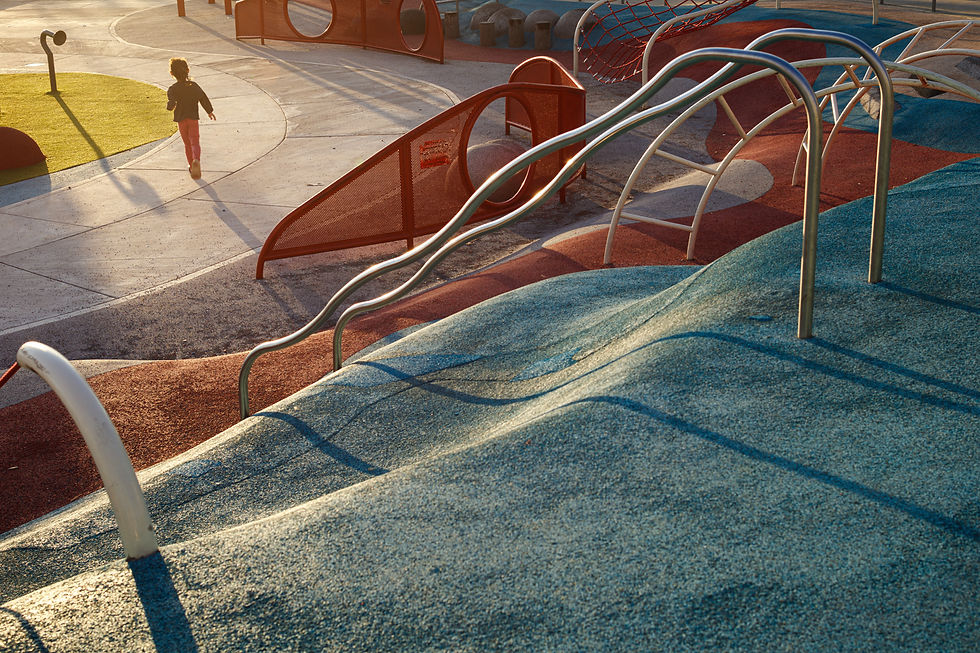Photoessay: Seeing "Wimmelbild" in George Town, Penang
- yzhensiang

- 2 days ago
- 2 min read

“Wimmelbild” is a borrowed idea from the German language, translated as “teeming figure pictures” and is a popular genre of visual puzzles where masses of small figures are brought together in a complex arrangements to make one scene in Wimmelbild. Photographically, I would think it is loosely describes as an image that is full of tiny details, with multiple sub-frames inside a single frame with no space wasted. Technically, every part of the frame should hold certain amount of visual information, and every corner has something meaningful to discover.
I think it is a beautiful concept, but also one of the hardest photography style to execute well. A well executed wimmelbild image demands a lot of carefully placed elements that portray balance and aesthetics. No elements in the frame should be too big as you will risk dominating and overpowering other elements in the frame. Yet it should not be too small too as the entire frame might be a little chaotic to read. The goal here is to make a compact photograph that feels controlled and intentional.
I think this idea becomes especially relevant and interesting when photographing a place like George Town, Penang. Seeing Wimmelbild is the old streets naturally layered with signs of life creating a perfect blend between multiple elements and traces modern adaptation—heritage shophouses architecture, signboards, pippings, cables, shadows, and textures. But turning all these ingredients into a cohesive “teeming picture” is far from easy. It requires awareness, timing, and a very careful understanding of how much visual density a frame can hold before it becomes overwhelming or underwhelming if not enough elements is presented.
I often emphasize that we rarely need extremely high resolution for everyday photography. And most of the time, that remains true. But in the case of wimmelbild, resolution becomes a real factor. With so many sub-compositions inside one image, you need enough resolving power for each small subject to stay above the eye’s threshold of clarity when viewed at a comfortable distance. And I would think the only way to appreciate all the captured details at once is through a large, high-quality print where the information can breathe. Without sufficient resolution, the “teeming” effect will diminish greatly as you fail to read the scene in detail.
Other than needing enough visual density to qualify being a strong wimmelbild image, I think it also requires a main anchor subject—something that is immediately recognisable but still remain subtle and deliberate. This main anchor as the name suggest will serve as the primary anchor guiding viewer's eye entering the image and subsequently drifting into the remaining secondary subjects. Other than that, there should also be sufficient amount negative space that are of lower frequencies (shadows, walls, sky, water) to keep the eye flowing. Having a main anchor also helps to differentiate it from becoming a purely abstract image. Now onwards to hunting for more Wimmelbild shots.
Feel free to visit my print site for those who are interested in fine art prints that are specifically curated for interiors or to request any custom prints of the images from my personal projects.


.jpg)



Comments